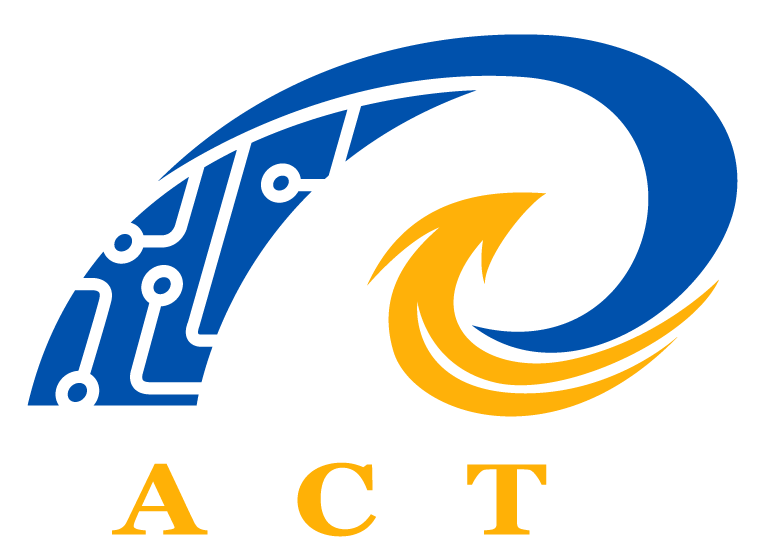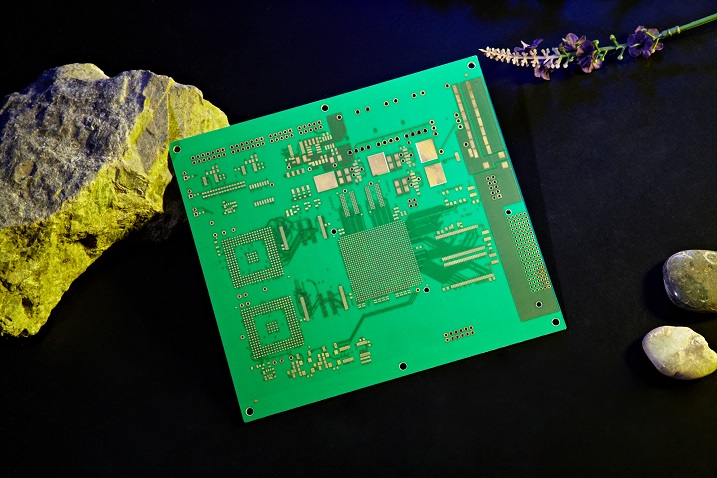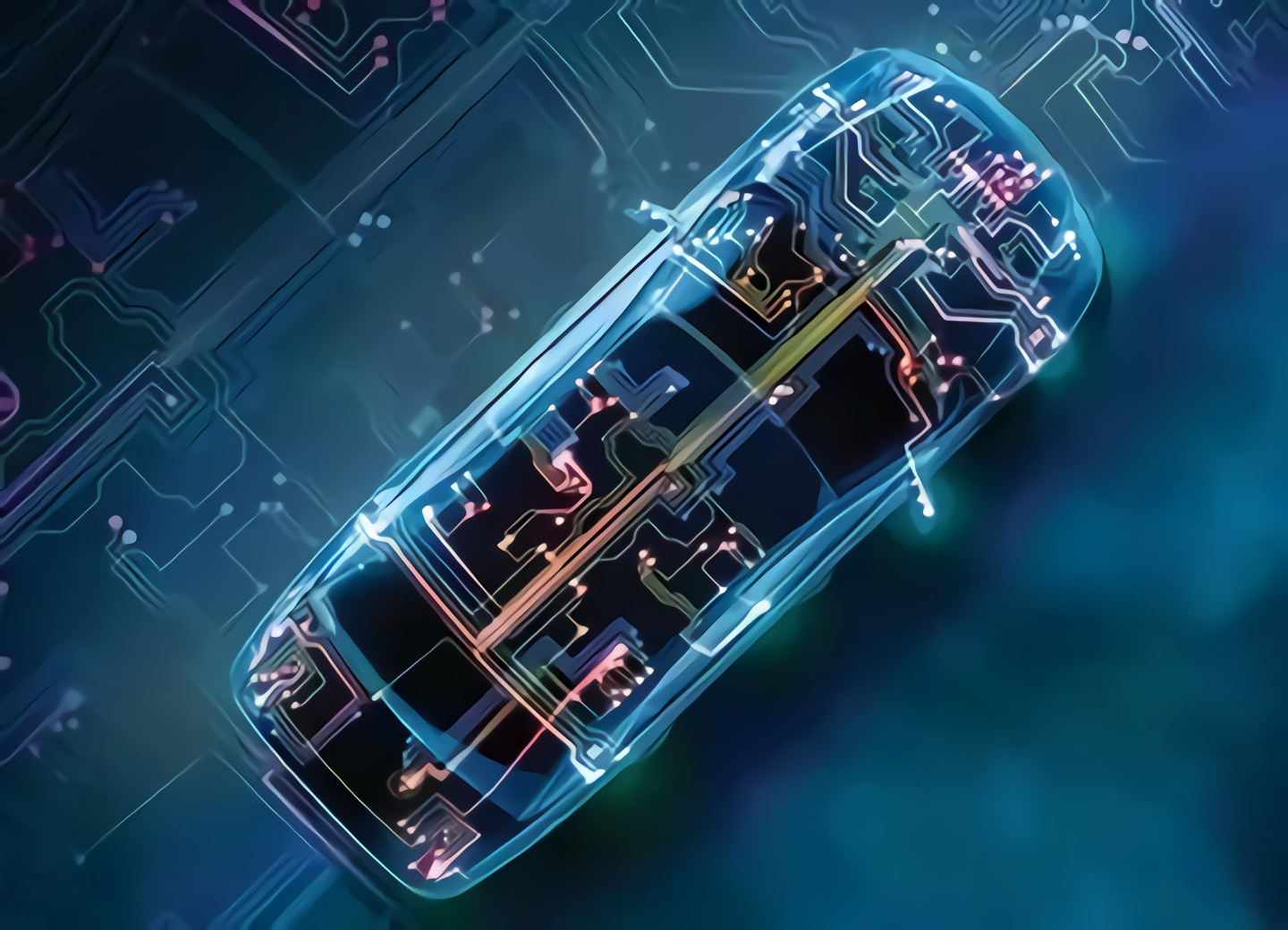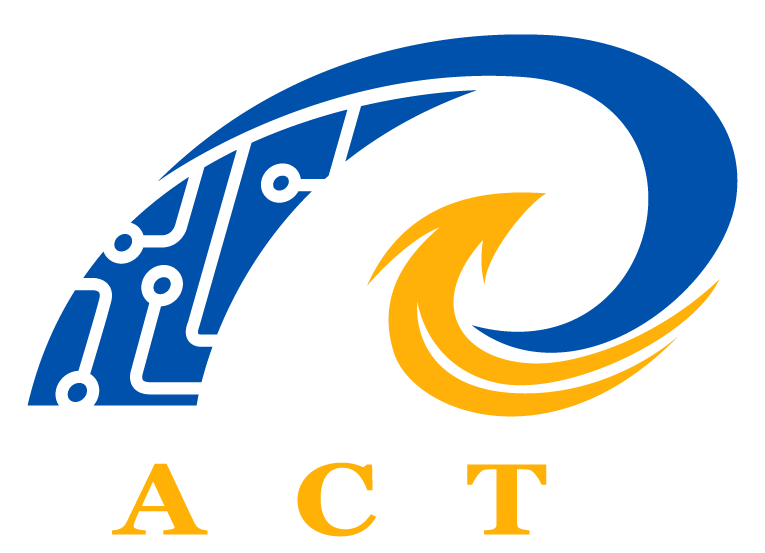1. HASL
advantages: low cost, suitable for SMT process, suitable for lead-free welding, mature process.
Cons: Not suitable for wire binding, limited to particularly thick or thin plates, not suitable for contact switch designs.
2.ImSn
advantages: Excellent flatness, suitable for fine pitch /BGA/ smaller components, with medium cost lead-free surface treatment technology. Cons: sensitive to processing, short shelf life, erosion to solder resistance layer.
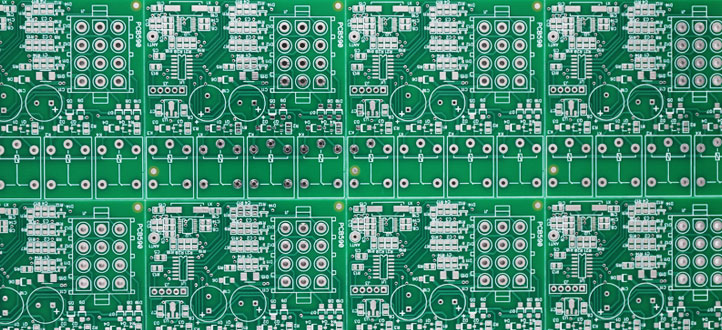
3.ENIG
advantages: flat surface, lead-free, suitable for PTH (plated through hole), long shelf life.
Cons: Expensive, non-reworkable, may cause loss in signal RF circuits.
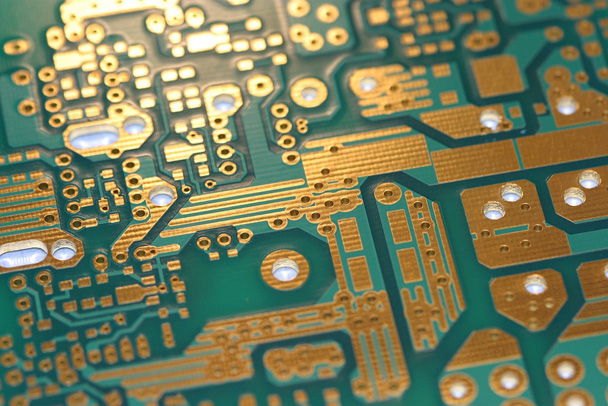
4. OSP
advantages: simple process, flat surface, suitable for lead-free welding and SMT, low cost, environmentally friendly.
Cons: Limited reflow times, not suitable for crimping technology, wire binding, high storage requirements.
5. ImAg
advantages: high weldability, good surface smoothness, low cost and lead-free (in line with RoHS standards).
Cons: High storage requirements, easy to be contaminated, short assembly window after removal from the package.
6. ENEPIG
Advantages: Provide good electrical performance and protection, more environmentally friendly than ENIG.
Cons: Information is not explicitly provided in search results.
7. Electrolytic Hard gold
advantages: wear-resistant, smooth and hard surface, containing cobalt and other elements, the surface looks brighter.
Cons: Information is not explicitly provided in search results.
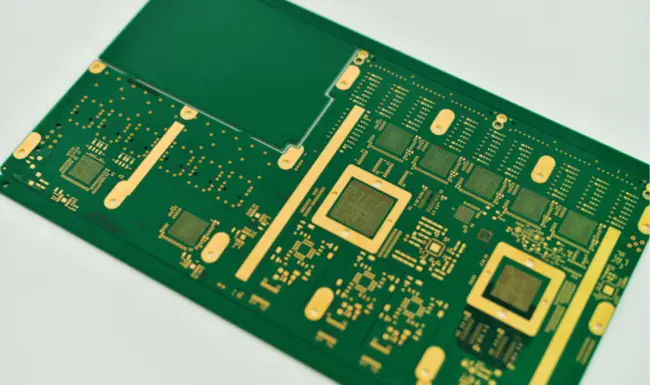
Choosing the right PCB surface finish technology can significantly improve the performance and reliability of boards and electronic products.
